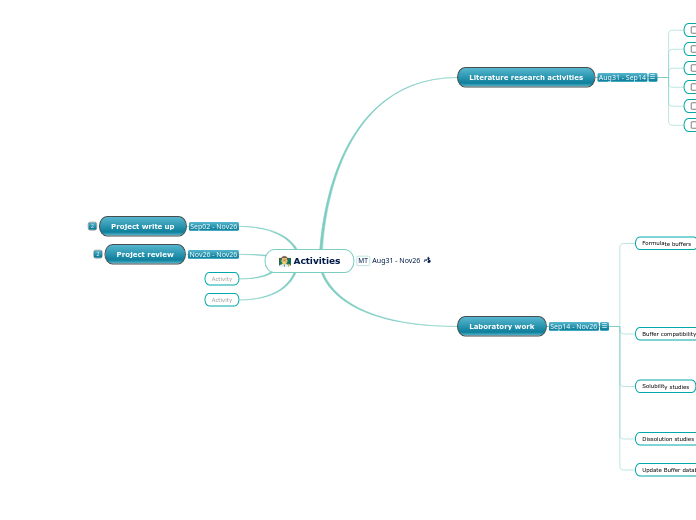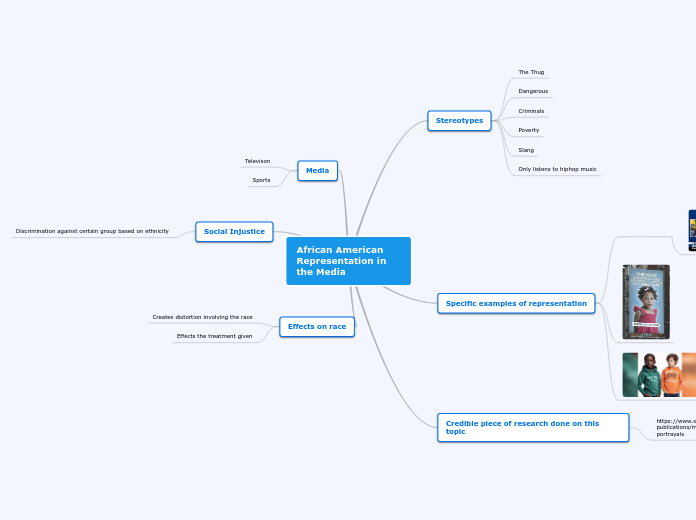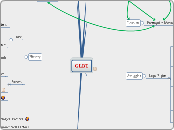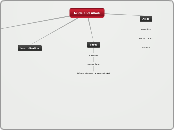Activities
What are the activities that will take place within this project?
Activity
Project review
Final review
Fortnightly meetings
Project write up
Project folder
Laboratory work
Deliverables
- What are the buffer formulations we are going to use?
- Do the media made up with these new buffers behave the same as the media with the old buffers?
- Can we detect any differences on drug solubilities when using the media made up with the different buffers?
- Can we detect any differences on drug dissolution profiles when using the media made up with the different buffers?
Update Buffer database
Deliverables:
- Updated database with all the data
Carry out the dissolution study
Dissolution studies
Deliverables:
- Show evidence in the form of a plot of the influnce of the different buffers on the dissolutions of the drug product forms
- white paper
- Draft document of the 1-Step dissolution protocol for the V2's kits
Plan the dissolution study
- Make sure we already have a definitive 1 step method in a protocol form
- decide the duration of the study
- Decide the analytical method to use
- Dissolution of fresh media vs aged media?
Solubility studies
Deliverables:
- Show evidence in the form of a plot of the influnce of the different buffers on drug solubilities
- Standalone document / white paper
- Project write up in the Project report
Carry out the solubility study
Plan the solubility study
- Decide which solubility method we want to use
- Proper equilibriuym vs adapted method?
- Decide the duration of the study
- Temperature of the study, 22C vs 37C
- Decide the analytical method to use
- UV possible
- Pay attention to the pH changes over the solubility study time
- Consider a miniprobe
Decide which drugs should be tested
Carbamazepin
- 400mg maximum dose
- 100% solubility in 900ml dissolution vessel: 0.444 mg/ml
- Water solubility 0.152 mg/mL (tbc)
- BCS class 2
- logP 2.1
- pka - neutral
- UV max 285nm
Ibuprofen
- 800 mg maximum dose
- 100% solubility in 900ml dissolution vessel: 0.888 mg/ml
- Water solubility pH dependent
- BCS class 2
- logP 3.5
- pka 4.85
- UV max 264nm
Diclofenac sodium
- 100 mg maximum dose
- 100% solubility in 900ml dissolution vessel: 0.111 mg/ml
- Water solubility pH dependent
- BCS class 2
- logP 4.98
- pka 4
- UV max 280nm
Buffer compatibility with media
Deliverables:
- Define media shelf life time with the new buffers
- Develop a stand alone document that compares the properties of the media when using original V2 buffers versus biorelevant V2 buffers
- Project write up in the project report
pH, ST, BC, PCS
- Consider the following properties
- pH
- ST
- BC
- PCS
- UV
- Evaluate the condition of the equipment needed for the experiments
Plan the media shelf life assessment
- Investigate the Lukas paper
- Time: 48H stored + 2h usage as a maximum storage and use time
Formulate buffers
Deliverables:
- Update the buffer database with the accurate formulations
- Develop SOP's for the preparation of the buffers
- Write up the results in the Project report
Define buffer formulations
Buffer compatibility with media (precipitation only)
- Assess if there is any issue when mixing the buffer with the appropriate biorelevant media
Buffer compatibility with solvents
- Compatibility with common solvetns
- Acetonitrile
- Methanol
- THF
- Check for precipitation issues
- At which ratio do the salts from the buffers start to precipitate?
UV absorption
- Using the spectophotometer perform a UV spectrum measurement
- Define the UV cutoff of each buffer
- Quickly investigate the degradation under increased temperature and the effect it has on the UV absortion of the different buffers
- Do an accelarated stability study to "kill" maleate b uffer
Adjust and reformulate
Assess temperature and media variation
- Investigate the temperature effect over the pH value
- Evaluate temperature at 22C and 37C
- Aim for the perfect pH at 37C
Test pH, Buffer capacity
- Starting with the buffer database formulations prepare the buffers and test the relevant properties
Literature research activities
Deliverables:
- Introduction in the report format
- Define buffers systems
- Define drugs to test
- Define anlytical tests needed
Test
Type in the name of an activity or choose from the examples below:
SeminarWorkshopOnline courseResearch activitiesInternational visits
Define relevant drugs to test the system
Carbamazepin
- 400mg maximum dose
- 100% solubility in 900ml dissolution vessel: 0.444 mg/ml
- Water solubility 0.152 mg/mL
- BCS class 2
- logP 2.1
Montelukast
- 10 mg maximum dose
- 100% solubility in 900ml dissolution vessel: 0.011 mg/ml
- Water solubility pH dependant
- BCS class 2
- logP 7.9
Ibuprofen
- 800 mg maximum dose
- 100% solubility in 900ml dissolution vessel: 0.888 mg/ml
- Water solubility pH dependat
- BCS class 2
- logP 3.5
Nebivolol
- 5 mg maximum dose
- 100% solubility in 900ml dissolution vessel: mg/ml
- Water solubility
- BCS class 2
- logP
Diclofenac sodium
Define tests to validate buffer system
Solubility studies:
- We will perform these to assess the effect the different buffers have in a partially water soluble drug at that particular pH
- These tests can be done in all the buffers listed
- Equilibrium solubility from USP literature as a starter. We can adjust this method according to our needs.
USP 1236
Dissolution studies
- We will run these tests to evaluate the effect the different buffer versions have on a specific product dissolution.
- Monstly to compare the original V2 versions against the Biorelevant V2 versions
- In house method - 1-step method
USP 1092
List needed analytical techniques
List THE ANLYTICAL TECHNIQUES
make sure we have SOP's
- Buffer capacity
- Surface Tension
- Particle Size and Polydispersity Index
- pH
Check in house system suitability
- Will we be able to prepare and manufacture a concentrate?
- What is the price of the individual components?
- Is there any available market forms?
Define buffer standard properties
Priority properties
Given the main objective is to swap the current V2 buffers with new ones that allow us to prepare and sell a concentrate as part of a kit, the following points are to be taken in account:
- Maintain the salt content the same as the original buffer version. For example, for FaSSIF V2 is 4.01g/l and for our new version it should the 4.01g/l as well
- Maintain the buffer capacity the same. E.g. for FaSSIF V2 is 10 mmol/(pH.L)
- Osmolarity around the same value as the original buffers or isotonicity (280 - 290 mOsm/L). Given this property is 3rd priority we will need the check and evaluate. It will probably be slightly different between versions
Decide which buffers we need
- Mayu work will be limited to the pH's of 5.8 and 6.5
- FESSIF V2
- FESSIF V2 Biorelevant (Citrate version)
- FeSSIF V2 Biorelevant (Phosphate version)
- FaSSIF V2
- FaSSIF V2 Biorelevant (Phosphate version)
- This will include the original buffers, the adjusted Biorelevant buffers and the USP version at the same pH
- Investigate buffer species properties:
- Physico chemical properties
- UV response
- Temperature stability
- Oxidation potential
- On the point above, do a proper theoretical search about these buffers









